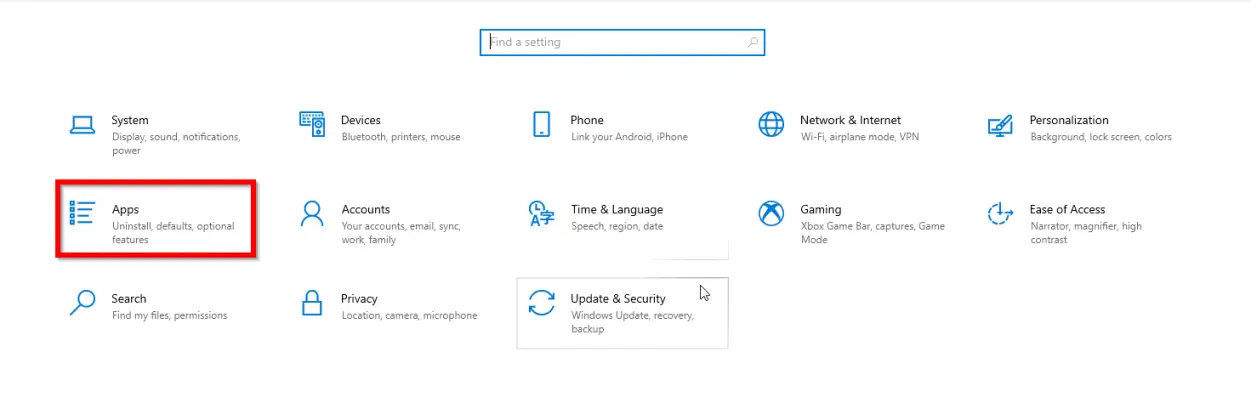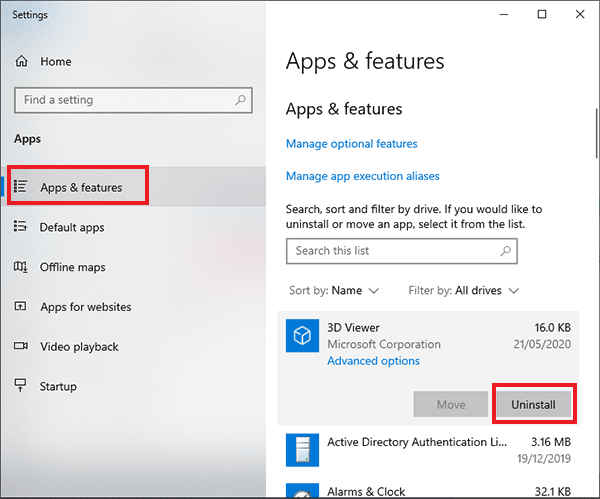

- Windows 10 how to make a program run at startup full version#
- Windows 10 how to make a program run at startup windows 10#
- Windows 10 how to make a program run at startup software#
- Windows 10 how to make a program run at startup Pc#
To view programs (only programs) that load with Windows 10, open the full version of Task Manager and switch to the Startup tab.
Windows 10 how to make a program run at startup Pc#
You may now reboot your PC to check if the newly added program is starting with Windows 10.
Windows 10 how to make a program run at startup windows 10#
Step 4: Now, paste the shortcut of the program/app/script that you want to load with Windows 10 to this Startup folder. NOTE: You can also open up the Startup folder by typing Shell:startup in the address bar of File Explorer. Step 3: In the Run command box, type Shell:startup, and then press Enter key to open the Startup folder. Step 2: Once the app, program, or script shortcut is on desktop, simultaneously press the Windows logo and R keys on the keyboard to open the Run command box. NOTE: Desktop shortcuts for programs can’t be created by searching for the program and then dragging-and-dropping the search result to the desktop. To create a desktop shortcut of a script file, navigate to the folder where the script is located, right-click on it, click Send to, and then click Desktop (create shortcut). To do so, make sure that all applications are minimized, and you can see the desktop, open the Start menu, click All apps, look for the entry of the program that you want to load with Windows 10, drag-and-drop the program from the Start menu to the Desktop to create a shortcut for the program. Step 1: You need to create a shortcut of the app, program, or script that you want to start with Windows 10. We recommend you go through our 3 ways to remove programs from Startup in Windows 10 to know all ways out there to stop programs from loading with Windows. So be sure to add programs only that you want to start with Windows 10. Warning: Adding too many apps/programs to the startup will slow down the boot process. The procedure is the same for both apps installed from the Store as well as traditional programs. Important: You can use this method to load default apps as well as apps installed from the Store to load with Windows 10. Run programs/apps/scripts at startup in Windows 10įollow the given below directions to make a program start with Windows 10. If a shortcut you want in the Startup folder is pointing to the wrong program, correct it as follows. Right-click the program you dont want to open at startup and click Delete. Press Win-r.In the 'Open:' field, type: C:ProgramDataMicrosoftWindowsStart MenuProgramsStartUp. For instance, starting WordPad or Microsoft Office Word with Windows is of no use. To remove a shortcut from the Startup folder. However, not all programs offer this option as there is no point in loading some programs with Windows. You need to select Load with Windows startup option under the Settings page to add the program to Windows’s Startup folder. If your computer is still slow after removing all this, you may need to try other methods to help Windows boot faster.Many programs out there include an option to automatically start the program with Windows’s startup.
Windows 10 how to make a program run at startup software#


Right-click on the Start button and click on Run. Another way to Stop Apps from opening at Startup in Windows 10 is to remove the App from the Startup Folder on your computer. Just open them when you're ready to use them. Remove Apps from Startup Folder in Windows 10.


 0 kommentar(er)
0 kommentar(er)
